Climbing Mount Fuji; Everything You Need To Know & FAQ
Climbing Mount Fuji is on many people’s bucket list, I had wanted to do it for years but both times I had been to Japan, it was in the winter, and climbing is off-limits unless you’re a pro-climber. It was time to put that straight, but this time with a twist. About 7 years ago my mum was diagnosed with Parkinson’s Disease but rather than let that beat her, she has faced it full-on.
Whether that’s travelling in Afghanistan with me, skydiving at 65 for charity, or backpacking through more than 50 countries, she hasn’t let it beat her. It was time for her biggest challenge yet, climbing Mount Fuji (again for Cure Parkinson’s – if you want to help, you can donate here)
If you want to read about my mum climbing Mount Fuji, at 70, with Parkinson’s, then CLICK HERE. WARNING: It’s quite an emotional read!
Table of contents
- Climbing Mount Fuji; Everything You Need To Know & FAQ
- Where is Mount Fuji? And How Do I Get There?
- How High is Mount Fuji?
- How Difficult is it Climbing Mount Fuji?
- What’s the best time to climb Mount Fuji?
- Do I Need A Guide When Climbing Mount Fuji?
- Can You Climb Mount Fuji in 1 Day?
- Which Is the Best Route to Climb on Mount Fuji?
- Mount Fuji Packing List:
- Final Tips for Climbing Mount Fuji
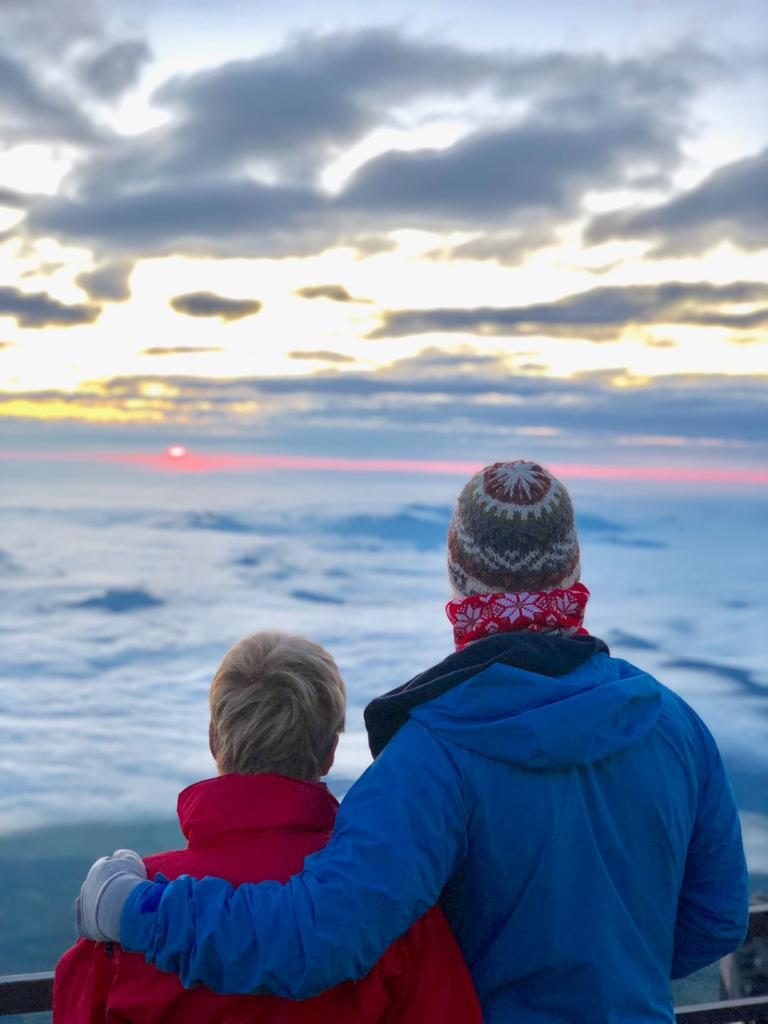
This article though is a general information post, answering all the questions I struggled to answer when I began to organise the Mount Fuji climb for my mum and our group of 18. So if you’re interested in climbing Mount Fuji, here’s everything you need to know:
Where is Mount Fuji? And How Do I Get There?
Mount Fuji is in Japan. The mountain is about 3 hours South West of Tokyo and it’s really easy to access.
From Tokyo, you have 2 options. A bus or a train:
- BUS: You can go directly from Shinjuku (or Tokyo) bus station to Fuji-Q highland station for 1,950Yen ($18). It takes just under 2 hours
- TRAIN: You can go directly from Shinjuku train station to Otsuki station on the JC Line (this section is covered by the JR pass), and then you have to change and buy a ticket to Fujikyu-Highland station. Journey times depend on transfers but are typically around 2 hrs 45 mins.
I will discuss which routes are best to climb on Mount Fuji below, but if we assume you’re using the easiest and most popular route (Yoshida Trail) then the best town to base yourself in is Fujikawaguchiko. It’s home to lots of hotels, restaurants and some cool tourist stuff centered around Fuji too. The 2 stations here are called the Fujikyu-Highland station and Kawaguchiko station and are a 20-minute walk between them, so either is fine.
The hotel I stayed in was the ‘Mystays’, just a 4-minute walk from Fujikyu-Highland station which was perfect.
How High is Mount Fuji?
Mount Fuji is 3,776 meters (12,389 feet) high. It’s the highest mountain in Japan, which is certainly high enough for altitude sickness at the top, and high enough for very cold temperatures!
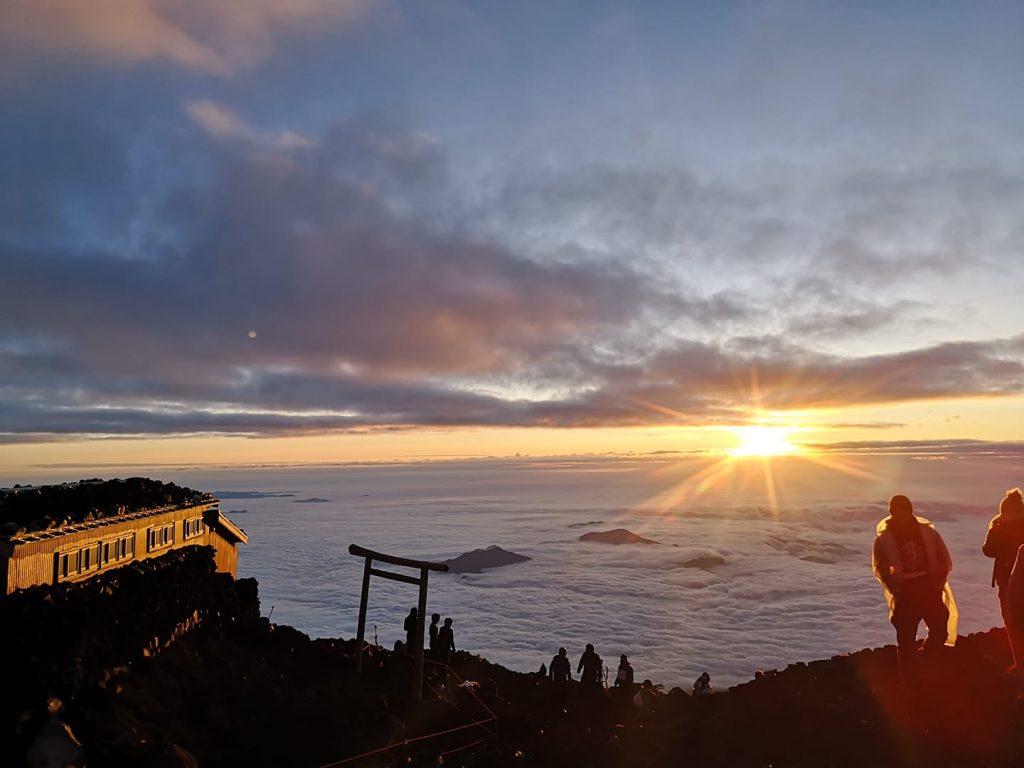
How Difficult is it Climbing Mount Fuji?
Read my personal experience Climbing Mt Fuji Blog review here.
It’s eminently doable. Far from easy, that’s for sure, but manageable for most if they have trained, and prepared properly. In our group of 18, of whom about half were over 55, 16 summited. And the 2 that didn’t had an unfortunate fall, but were very much fit enough to make it to the top.
If you’re in decent shape, you can do it without training. If you’re carrying a few pounds, or you’re a little older, then with 3-6 months of training, for sure you can do it too.
Lastly, for those who want a challenge, it’s possible to start in the dark of night, reach the top for sunrise, and come back down by lunch! It’s also the cheapest way to do it too. If you want to take it easier (like us), we started after breakfast, spent 6 hours uphill getting to the mountain hut, slept there, then work up at 4am and hiked another 7 hours or so to the summit, and then back down again. I personally think that’s the best way to experience Fuji too.
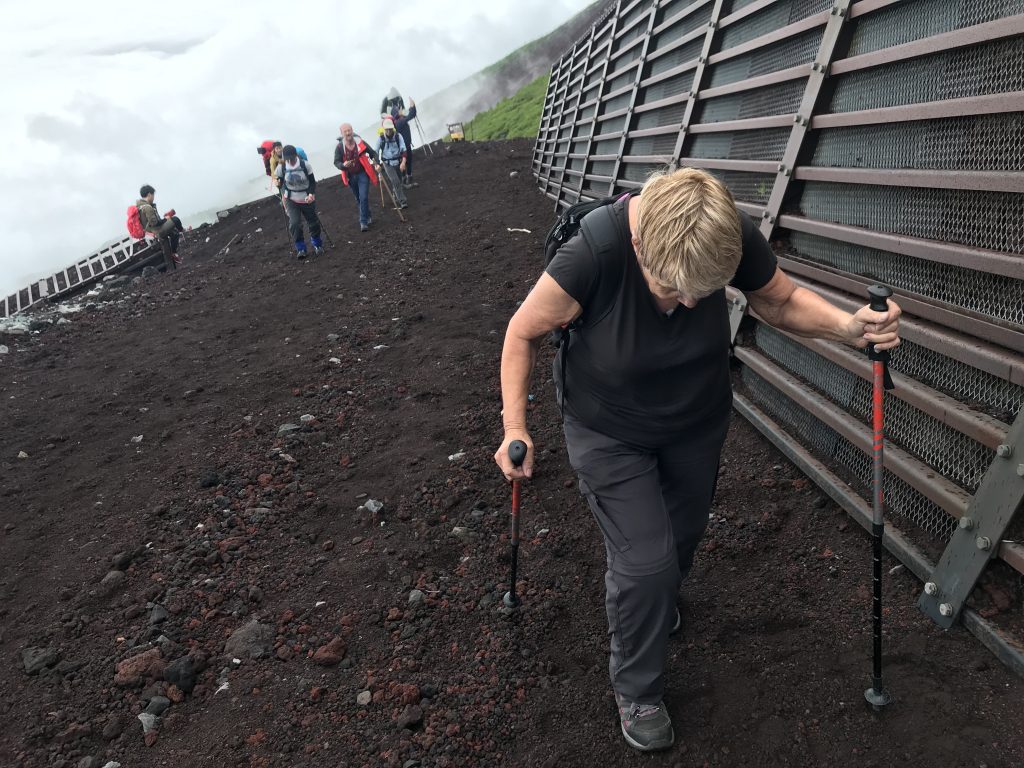
What’s the best time to climb Mount Fuji?
Unless you’re a pro climber, you can only climb during the summer season. The huts normally open on Yoshida trail on July 1st, but by July 10th they’re definitely open. And they remain open until September 10. So climb sometime between then.
Do I Need A Guide When Climbing Mount Fuji?
Personally, I think not. There is a VERY clear path, regardless of which route you take. You simply follow the stream of people from the bottom, to the top, and back again. Guides are hugely expensive in Japan, and for Mount Fuji they’re completely unnecessary. During the climbing season of July and August, there are literally hundreds (if not thousands) of people on the trail, you can ask anyone at any point should you have any doubts.
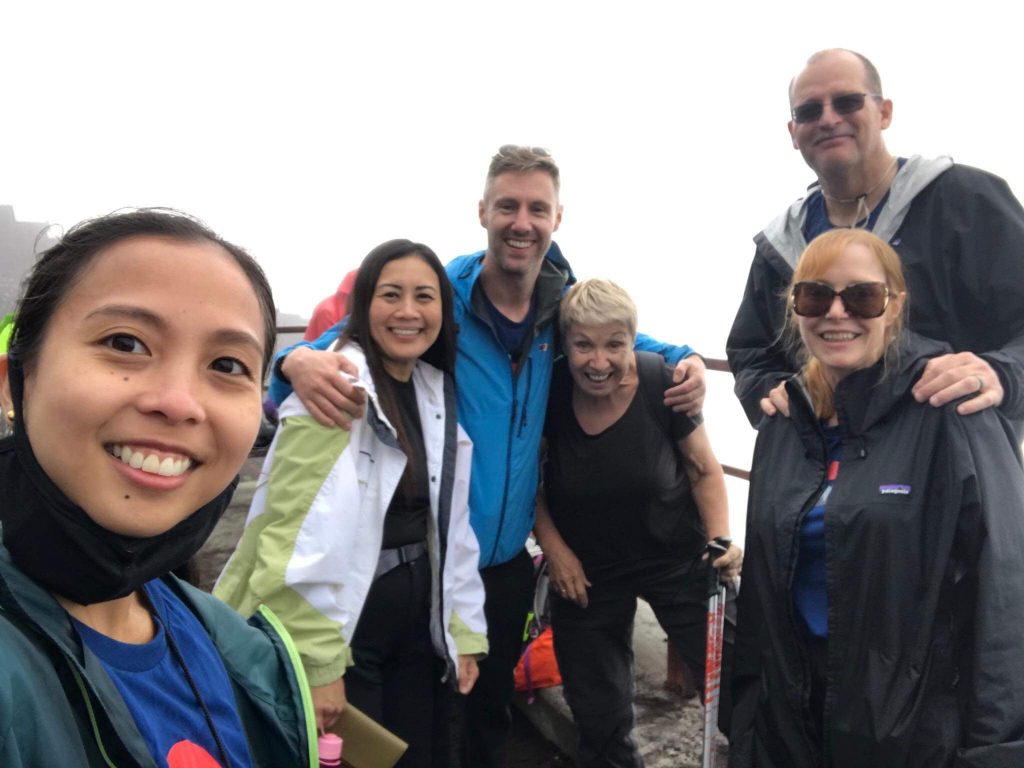
Can You Climb Mount Fuji in 1 Day?
As I mentioned above, yes you can. This means you don’t have to sleep in a Mountain Hut, so it saves you around $100 or so. You do have to be really quite fit to do this. Be warned!
Which Is the Best Route to Climb on Mount Fuji?
Without a doubt, the easiest route, and the most popular route is the Yoshida trail. Personally, I think it’s also the best route because if you don’t make it to the summit in time for sunrise, the Yoshida trail runs on the east, so you can see the sunrise from any point.
There are 4 routes: Yoshida Trail and Subashiri Trail on one side of Mount Fuji, and Fujinomiya Trail and Gotemba Trail on the other side of Mount Fuji.
Fujinomiya and Gotemba are longer, more difficult hikes. The huts are less developed and if you don’t reach the summit for sunrise, you’ll miss the sunrise altogether. The one benefit is that there are fewer people.
Subashiri and Yoshida are more popular, with Yoshida far and away, the most popular. Why? The routes are more developed, the huts are more comfortable, and it’s almost impossible to get lost!
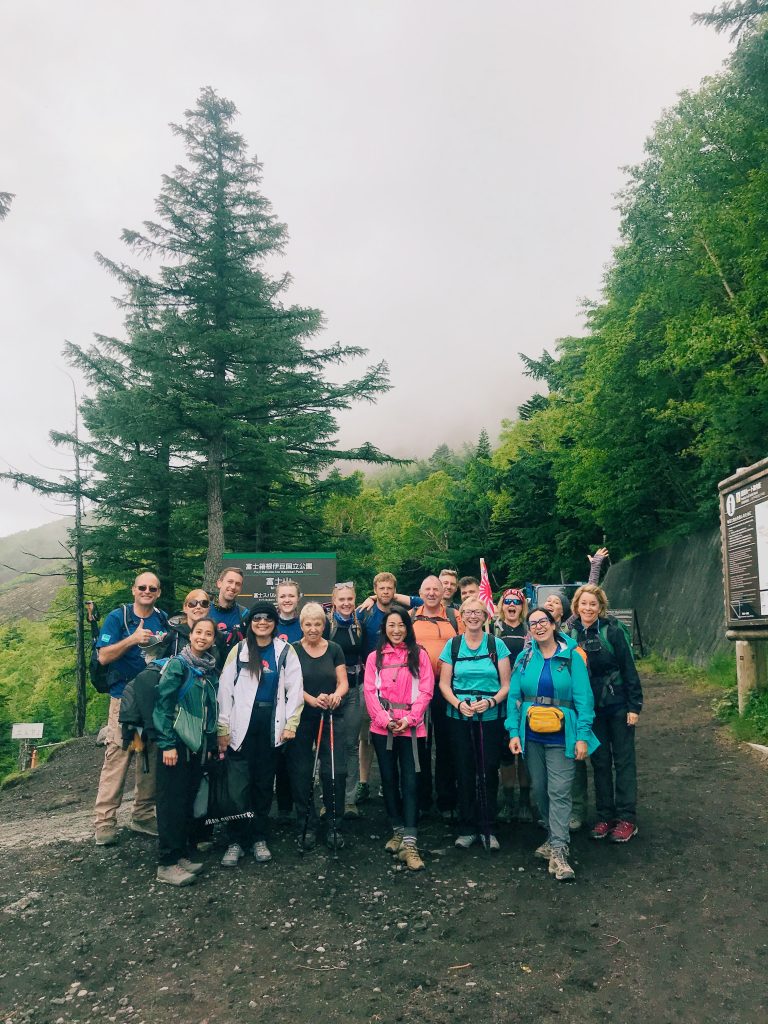
5th station…
Also, the way climbing Mount Fuji works is that you take a bus to something called the ‘5th Station’. Each trail has a different ‘5th station’ (for example, the Yoshida trail’s 5th station is called the Fuji-Subaru Line 5th Station). The 5th station at Yoshida, for example, has tourist information, cafes, coffee shops etc. It’s ready for tourists, and if you’re nervous about the climb, it’s the best choice (even if you’re not nervous, it’s my choice always!).
Finally, the town of Kawaguchiko is the nicest base for all Fuji climbs, and the Yoshida 5 station, from where you start, is the trail closest to that town. So it’s perfect.
Here is a map of the 4 trails. As you can see, each trail has a 5th station. You can take a bus or car to that station. From there you walk, and you walk/hike/climb past the 6th, 7th, 8th station and 9th stations, where finally you reach the summit. Each station is a little gathering of huts and restaurants where you can take a break and have a bit to eat and a drink.
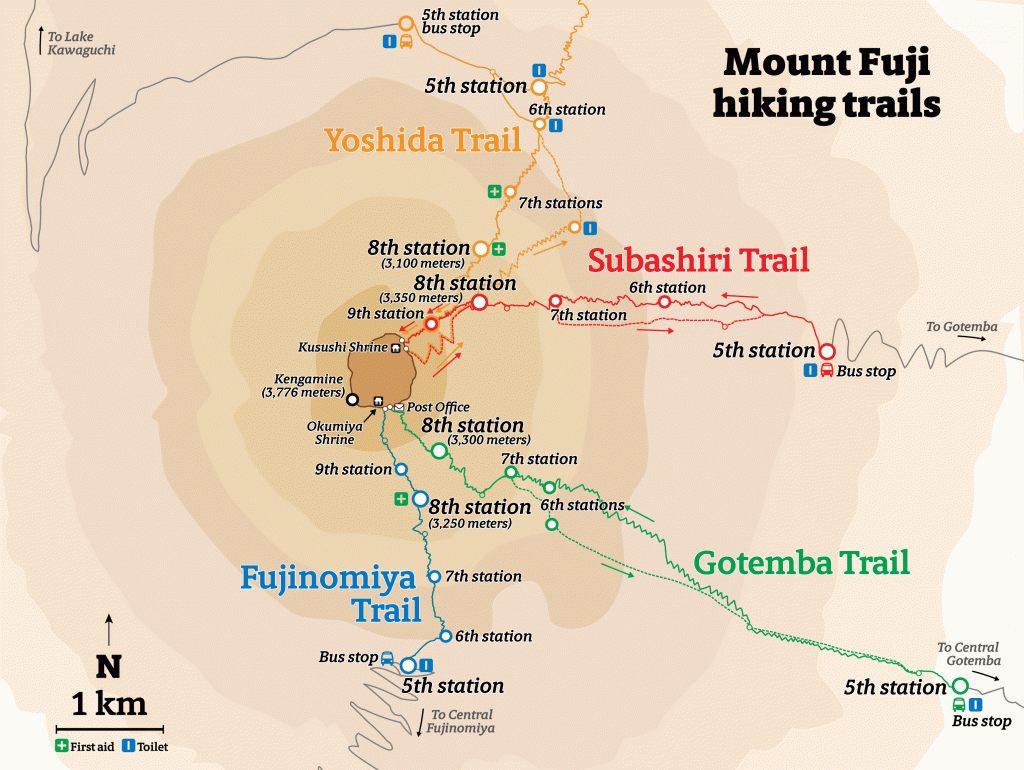
Mount Fuji Packing List:
Base Layers: Insulating thermal underwear for both top and bottom. It’s best if there are made from wicking materials (draws moisture/sweat away from the body). They should NEVER be made of cotton. I use The North Face thermals personally.
Warm Insulating Layer: The temperature at the summit will at times, be below 0 celsius! In these temperatures, you must stay warm. Usually, a fleece or wool upper body garment, i.e. a fleece jacket will do the trick.
Waterproof/Rain Jacket & Pants: You will need a jacket/pants made of rain/wind resistant material with an attached hood. Ideally these will be made of waterproof/breathable (Gore-tex) fabric.
Hiking Pants: They might not win you any fashion contests, but they’re great for this.
Backpack: A 25L/30L pack is the average recommended size for this climb. A hip strap is recommended for added comfort.
Backpack rain cover: Most backpacks are not waterproof. Protect your gear from getting wet with a rain cover.
Footwear: Waterproof, ankle-protecting hiking shoes.
Good Socks: You will want one or two changes of socks, either wool or synthetic, but NEVER cotton. Use liner socks (a thin silky sock that minimizes friction between your sock and your foot) if you have not had time to break in your boots or if you are prone to blisters.
Gloves: These keep your fingers warm in freezing temperatures and high winds. Fleece is ideal because it is insulating even when wet.
Warm Hat: It is a known fact that 70% of your body heat escapes through your head. So put a plug on it. Use a warm fleece/wool beanie to keep your head warm in the cold.
Dry bag: When it rains, you want to be prepared. Placing all of your clothing inside of a dry bag will waterproof everything inside the bag.
Sunscreen: UV rays are exponentially more potent in higher elevations. It is not uncommon to get burned even in cloudy weather. Bring one tube of SPF 15 or higher.
Headlamp: For those climbing Mt. Fuji in an attempt to watch the sunrise from the summit. Besure to bring extra batteries.
Water: Good to start off with at least 1 liter. You may buy more along the trail at the mountain huts, although it is a bit pricey.
Sunglasses: It can get very bright on the mountain. If you wear sunglasses, it will prevent your eyes from getting sunburned (it does happen).
Snacks: We suggest bringing crackers, candy bars, jerky, chips, cookies, trail mix, fruits, energy bars, and hard candies. Add peanut butter, cream cheese, hard cheese, or pepperoni for additional calories and taste.
Optional:
Gaiters: Small ankle-length gaiters big enough to cover the area from the top of your boot to the area above your ankle. These will keep pebbles and rocks from entering your boots.
Face Mask: On a clear sunny day, your descent of Mt. Fuji may create a dust storm. Withhundreds of other climbers tracking up dust too, a face mask will do wonders.
¥100 coins for restroom: Starting from the 5th station onwards, restroom facilities cost ¥200 per use
Camera: Capture the moment, cherish the memories.
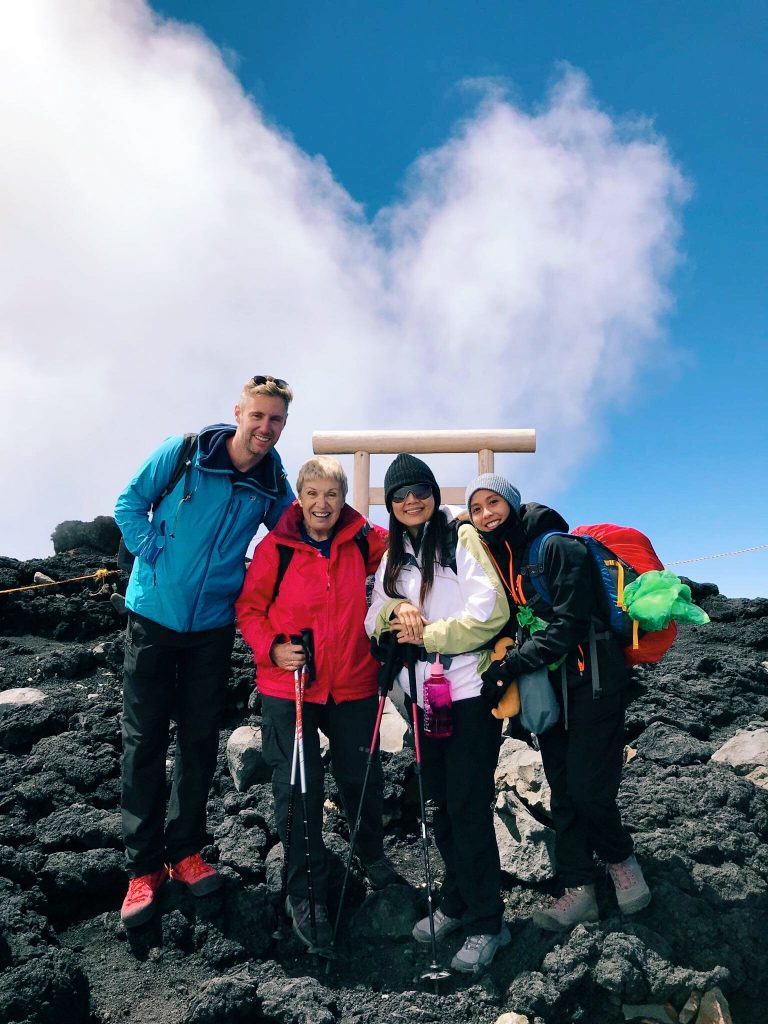
Final Tips for Climbing Mount Fuji
Don’t worry too much, and don’t overthink it. Easy to say, I know! I did so much planning and research for this trip, and all the stress was unnecessary. The trail is tough but manageable, the route is clear, the mountain huts are nice, the food options are fine, and the views are spectacular. If you’re not in good enough shape, again don’t stress, just fix it. You have plenty of time. And enjoy it! It’s a beautiful place. Here are some final tips to help you through:
- Mountain huts. These require booking in advance if you want to be sure of a spot to sleep! Contact the guys at fujimountainguides.com, for $10 they’ll reserve you a spot. Unless you speak Japanese, don’t waste your time trying to do it yourself, believe me!
- Diamox. Contact your GP of course. But if you’re not used to being at altitude, you can use Diamox. It helps prevent altitude sickness, and may well have saved my mum’s life!
- Energy bars/gels. If this is a huge undertaking for you, well done. Make sure you have the fuel to get you up the mountain. Cliff bars, tribes bars, and energy gels are a great way to keep powering forward when you’re feeling a little beaten.
- Base yourself in Kawaguchiko, both the night before and after. Many tours and operators rush the whole thing by starting and finishing Fuji Climbs in Tokyo. I don’t recommend that. Kawaguchiko is a gorgeous little town. Soak it up, and when you’ve finished the climb, the last thing you’ll want is a drive to Tokyo. Stay in town!
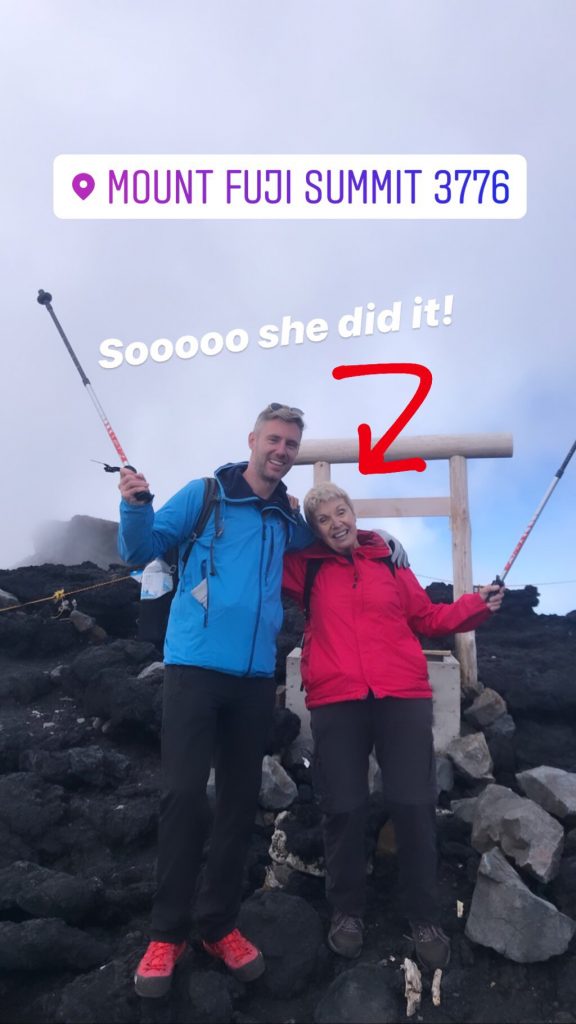
Remember, never travel without travel insurance! And never overpay for travel insurance!
I use HeyMondo. You get INSTANT quotes. Super cheap, they actually pay out, AND they cover almost everywhere, where most insurance companies don't (even places like Central African Republic etc!). You can sign-up here. PS You even get 5% off if you use MY LINK! You can even sign up if you're already overseas and traveling, pretty cool.
Also, if you want to start a blog...I CAN HELP YOU!
Also, if you want to start a blog, and start to change your life, I'd love to help you! Email me on johnny@onestep4ward.com. In the meantime, check out my super easy blog post on how to start a travel blog in under 30 minutes, here! And if you just want to get cracking, use BlueHost at a discount, through me.
Also, (if you're like me, and awful with tech-stuff) email me and my team can get a blog up and running for you, designed and everything, for $699 - email johnny@onestep4ward.com to get started.
Do you work remotely? Are you a digital nomad/blogger etc? You need to be insured too.
I use SafetyWing for my digital nomad insurance. It covers me while I live overseas. It's just $10 a week, and it's amazing! No upfront fees, you just pay week by week, and you can sign up just for a week if you want, then switch it off and on whenever. You can read my review here, and you can sign-up here!





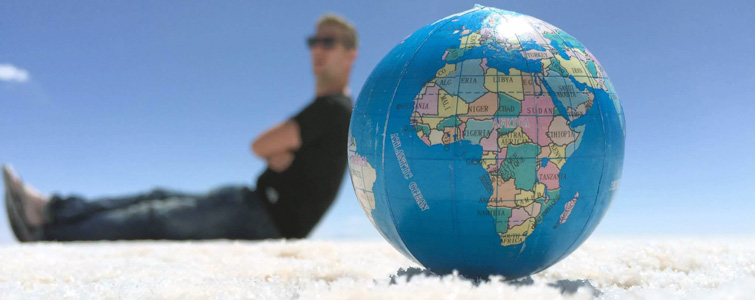

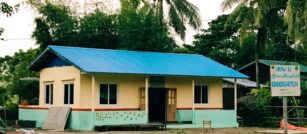
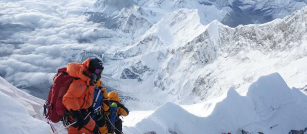

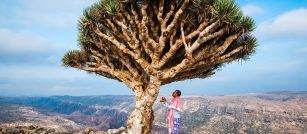

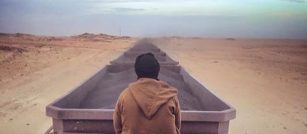
 As you know, blogging changed my life. I left Ireland broke, with no plan, with just a one-way ticket to Thailand
and no money. Since then, I started a blog, then a digital media company, I've made
more than $1,500,000 USD, bought 4 properties and visited (almost) every country in the world. And I did it all from my laptop as I
travel the world and live my dream. I talk about how I did it, and how you can do it too, in my COMPLETELY FREE
Ebook, all 20,000
words or so. Just finish the process by putting in your email below and I'll mail it right out to you immediately. No spam ever too, I promise!
As you know, blogging changed my life. I left Ireland broke, with no plan, with just a one-way ticket to Thailand
and no money. Since then, I started a blog, then a digital media company, I've made
more than $1,500,000 USD, bought 4 properties and visited (almost) every country in the world. And I did it all from my laptop as I
travel the world and live my dream. I talk about how I did it, and how you can do it too, in my COMPLETELY FREE
Ebook, all 20,000
words or so. Just finish the process by putting in your email below and I'll mail it right out to you immediately. No spam ever too, I promise!
